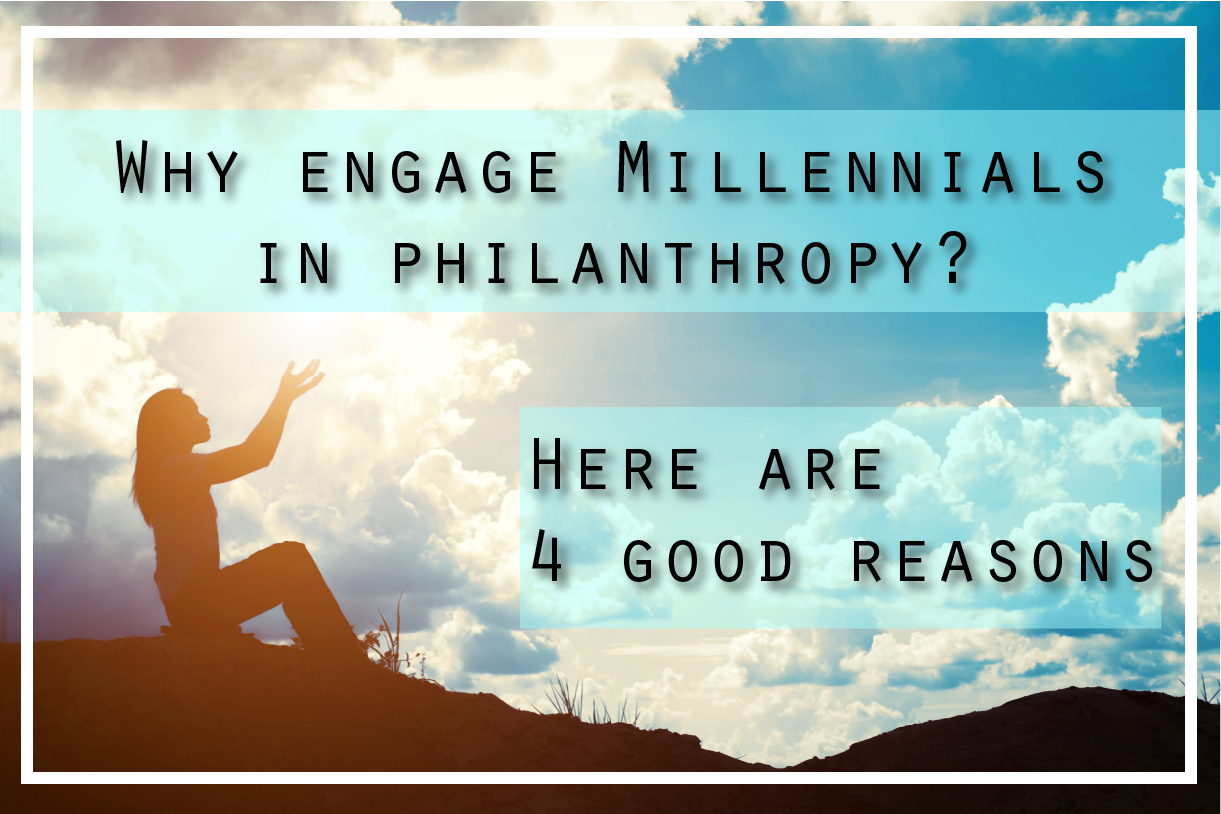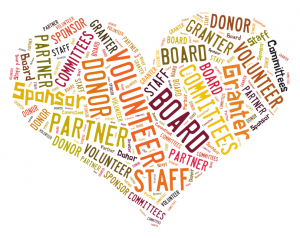By Kat Beaulieu—HR Communications Strategist
Twitter: @stubborngoat.com
There is a too common perception among donor-reliant nonprofits that targeting Millennials with fundraising efforts is a waste of time and resources. If the big donations tend to come from the bequests and corporations associated with older audiences, why put effort into trying to reach Millennials?
Engaging Millennials to support your nonprofit organization can have far-reaching benefits that positively impact your bottom line.
Here are four crucial reasons to reach out to them.
-
Millennials are now the nation’s largest living generation.
That alone should be enough incentive. What business plan ignores the largest living demographic? A short-sighted one, that’s what. Through their sheer numbers, Millennials can make social media posts go viral, providing a tremendous awareness boost to charitable giving campaigns. Just look at the reach of initiatives like #GivingTuesday. And as a direct result of the ALS Ice Bucket Challenge, which took social media by storm, scientists discovered a new ALS gene.
-
Because there are so many of them, Millennials are in tough competition for jobs.
Those who want to get ahead understand the value of having volunteer experiences on their resumes. Talented and eager Millennials will work for your organization for free on labor intensive but meaningful activities like events, emails, and social media. This can save your organization time and money. Pair your Millennial volunteer with an experienced individual who will share all the intricacies and nuances of the role. Imagine the awesome results when your paid Volunteer Coordinator explains the complexity of volunteer scheduling and the Millennial researches and implements the latest scheduling software, shaving 10-hours off the Coordinator’s weekly workload.
your organization for free on labor intensive but meaningful activities like events, emails, and social media. This can save your organization time and money. Pair your Millennial volunteer with an experienced individual who will share all the intricacies and nuances of the role. Imagine the awesome results when your paid Volunteer Coordinator explains the complexity of volunteer scheduling and the Millennial researches and implements the latest scheduling software, shaving 10-hours off the Coordinator’s weekly workload.
-
Millennials want to be part of your boards–they just don’t know they’re invited.
Board appointments are another powerful reference Millennials would love to have on their resumes. Imagine the impact of replacing some of your retiree board members with Millennials. Instead of having people who have nothing to prove, you’d have people who have everything to prove. Again, you need to set them up for success. They’re new at this, so setting clear goals and expectations is key, and assigning a mentor is even better. But the time and cost-saving results of having an enthusiastic Millennial heading up or assisting on a board project can be remarkable.
-
For Millennials, there is a connection between volunteering and donation amounts.
In fact, by a margin of more than two-to-one, Millennials who volunteer for nonprofits are more likely to make donations. Also, Millennials who form long-term volunteer relationships tend to give larger gifts and encourage friends and family to give and volunteer as well[1]. This means there’s an exponential effect to  engaging Millennials in volunteer work. Not only will the volunteer work likely lead to donations, but the Millennials will pull their friends and family in too.
engaging Millennials in volunteer work. Not only will the volunteer work likely lead to donations, but the Millennials will pull their friends and family in too.
These are four good reasons why your nonprofit should be engaging Millennials, but perhaps the most powerful one is that you’ll be benefitting now while building a relationship with future bequestors and corporate decision-makers.
Now that you know the ‘why’ allow us to help you with the ‘how’ to attract and engage Millennials to your nonprofit organization. Get in touch and let’s get the conversation started!
[1] 2012 Millennial Impact Report, by Achieve.



 After moving here from Ohio, I was struck by the beauty of San Diego’s beaches, bays, palm trees, rivers, canyons, mountains and deserts. With a little time, I was equally in awe of the people who are so deeply connected to their tight-knit communities, of all the passionate innovators who live here, of just how much people love this town.
After moving here from Ohio, I was struck by the beauty of San Diego’s beaches, bays, palm trees, rivers, canyons, mountains and deserts. With a little time, I was equally in awe of the people who are so deeply connected to their tight-knit communities, of all the passionate innovators who live here, of just how much people love this town.










 Grant Wright
Grant Wright Corie Fiebiger
Corie Fiebiger
 Shae Geary
Shae Geary Phelan Riessen
Phelan Riessen Katrina Early
Katrina Early Hamish Marshall
Hamish Marshall